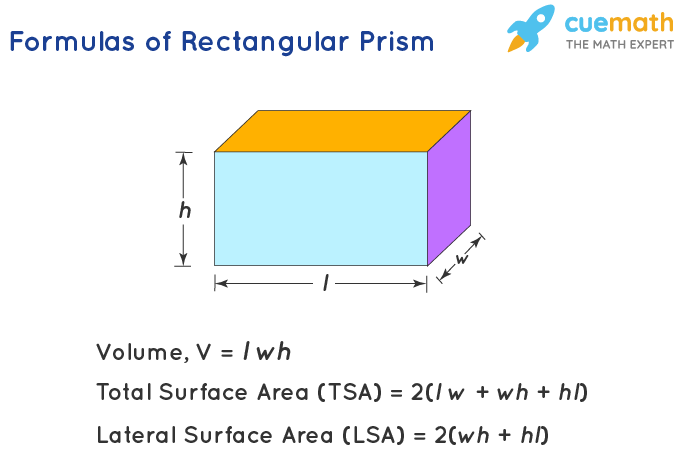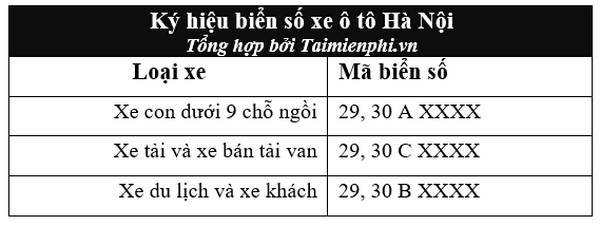Rectangular Prism

A rectangular prism is a three-dimensional shape, having six faces, where all the faces (top, bottom, and lateral faces) of the prism are rectangles such that all the pairs of the opposite faces are congruent. Like all three-dimensional shapes, a rectangular prism also has volume and surface area. A rectangular prism is also known as a cuboid. Let us learn more about a rectangular prism along with the formulas to find its volume and surface area.
- Các nước, vùng lãnh thổ
- Luận giải ý nghĩa 17 nốt ruồi trong lòng bàn tay ở nam nữ tốt hay xấu
- Hai cách tra cứu số báo danh thi THPT Quốc gia 2023 cực đơn giản
- 8 Mẫu Laptop 14 inch nhỏ gọn, mỏng nhẹ, đẹp nhất 2022
- Độ Mixi và vợ: Yêu 3 tháng là cưới, bây giờ đã 2 con – nhà 7 tầng – xe 4 bánh không thiếu cái gì!
1. What is a Rectangular Prism? 2. Rectangular Prism Formulas 3. FAQs on Rectangular Prism
Bạn đang xem: Rectangular Prism
A rectangular prism is a prism whose bases (the top face and the bottom face) are also rectangles. It has 6 faces in all, out of which there are 3 pairs of identical opposite faces, i.e., all the opposite faces are identical in a rectangular prism. It has three dimensions, length, width, and height. Some examples of a rectangular prism in real life are rectangular tissue boxes, school notebooks, laptops, fish tanks, large structures such as cargo containers, rooms, storage sheds, etc. The following figure shows a rectangular prism and its net, which is a two-dimensional representation of the prism when its faces are opened on a 2D plane.

Faces Edges Vertices of a Rectangular Prism
A rectangular prism has 6 faces, 12 edges (sides) and 8 vertices (corners). In the 12 edges, 3 edges intersect to form right angles at each vertex.
Types of Rectangular Prisms
There are two types of rectangular prisms that are classified depending on the shape of the faces or the angle made by the faces with the base.
- Right rectangular prism: In a right rectangular prism, the faces are perpendicular to each of its bases. In this, all side faces are rectangles.
- Oblique rectangular prism: In an oblique rectangular prism, the faces are not perpendicular to the bases. In other words, the faces in this prism are parallelograms.
In general, a rectangular prism without any specifications is a right rectangular prism.

Properties of Rectangular Prism
Xem thêm : Valorant Night Market 2024 Khi Nào Có? Sự kiện Săn Skin HOT
The properties of a rectangular prism are given below which help us to identify it easily.
- A rectangular prism has 6 faces, 8 vertices, and 12 edges.
- In a right rectangular prism, the faces are rectangles, whereas, in an oblique rectangular prism, the faces are parallelograms.
- It has 3 dimensions which are length, width, and height.
- The opposite faces of a rectangular prism are congruent.
In this section, we will learn the formulas of the volume and surface area of a rectangular prism. For both of these, let us consider a rectangular prism of length ‘l’, width ‘w’, and height ‘h’. Along these dimensions, let us assume that ‘l’ and ‘w’ are the dimensions of the base. Here are the formulas for the volume and surface area of a rectangular prism.

Let us see how to derive these formulas.
Volume of Rectangular Prism
The volume of a rectangular prism is the space that is inside it. We know that the volume of any prism is obtained by multiplying its base area by its height. Here,
- The base area of the rectangular prism = lw (using the area of a rectangle formula)
- The height of the rectangular prism = h
Thus, the volume of the rectangular prism, V = lw × h = lwh.
Surface Area of Rectangular Prism
There are two types of surface areas of a rectangular prism, one is the total surface area (TSA) and the other is the lateral surface area (LSA).
- The total surface area of a rectangular prism is the sum of the areas of all of its faces.
- The lateral surface area of a rectangular prism is the sum of the areas of all its side faces (excluding the bases).
We can calculate the areas of the side faces of a rectangular prism using its net.
The total surface area (TSA) of a rectangular prism
Xem thêm : Xem tử vi tuổi Mậu Tuất 1958 – Nam mạng năm 2024 CHI TIẾT NHẤT
= The sum of areas of all faces
= lw + lw + wh + wh + hl + hl
= 2 (lw + wh + hl)
The lateral surface area (LSA) of a rectangular prism
= The sum of areas of side faces
= wh + wh + hl + hl
= 2 (wh + hl)
We will see the applications of these volume and surface area formulas of a rectangular prism in the section of Rectangular Prism Examples given below.
☛ Related Links
- Triangular Prism
- Square Prism
- Right Rectangular Prism
- Hexagonal Prism
Nguồn: https://duhochanquocchd.edu.vn
Danh mục: Khám Phá

/fptshop.com.vn/uploads/images/tin-tuc/179494/Originals/thanh-toan-cuoc-tra-sau-Viettel-7.jpg)
/fptshop.com.vn/uploads/images/tin-tuc/172854/Originals/etc-la-gi-5.jpg)












